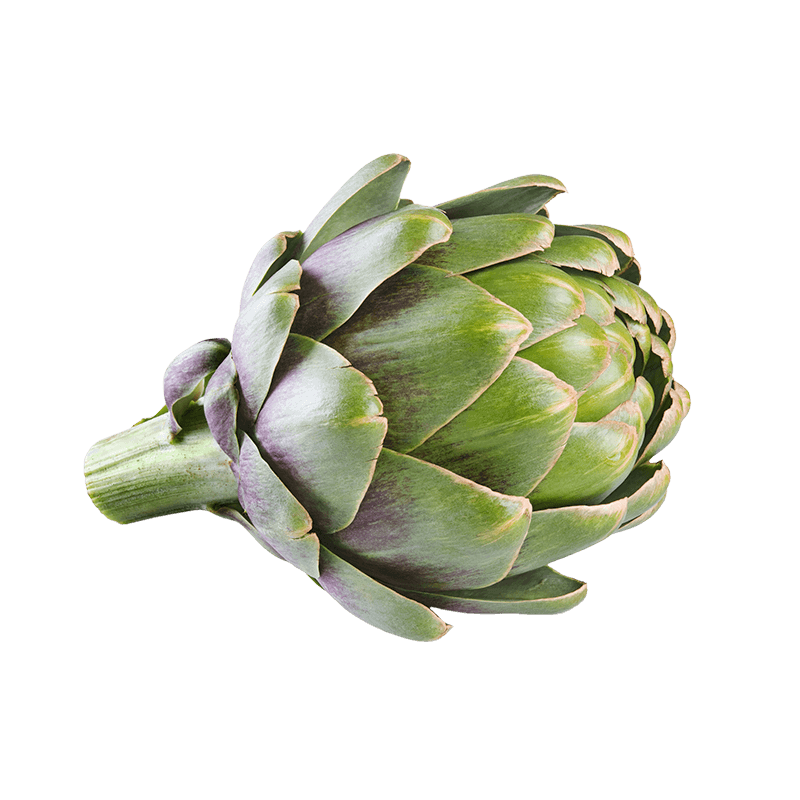Latin name
Cynara scolymus L.
Origin
The artichoke and cardoon probably share a common ancestor: wild cardoon is found throughout the Mediterranean basin.
Used part
The leaves.
Active components
Phenolic acids (cynarine, chlorogenic acid, caffeic acid): these substances are powerful antioxidants. Cynarine is responsible for the artichoke’s bitter taste and its stimulating effect on the liver, among other properties.
Flavonoids (luteolin): this yellow colourant is also a powerful antioxidant.
Inulin: this sweet tasting polysaccharide is indigestible by humans but contributes to healthy intestinal flora.
Usage
The use of the artichoke dates back to ancient times. It is one of the longest cultivated vegetables in the world: it was, for example, cultivated by the Greeks and the Romans at the height of their powers. Later on, it was also used as an ornamental plant in the gardens of the monasteries. Its fleshy receptacle and the base of its bracts are edible as a vegetable, while the leaves are used in phytotherapy and the manufacture of aperitifs. Artichokes are rich in antioxidants and therefore offer protection against free radicals. 1 Artichokes support detoxification and liver function. 2,4 It protects the liver against the effects of toxic substances. 5,11 Moreover, the plant is known to stimulate digestion and support intestinal comfort.

